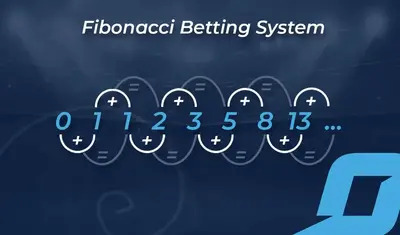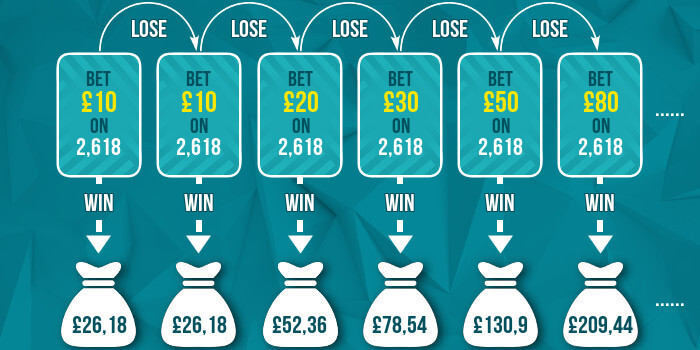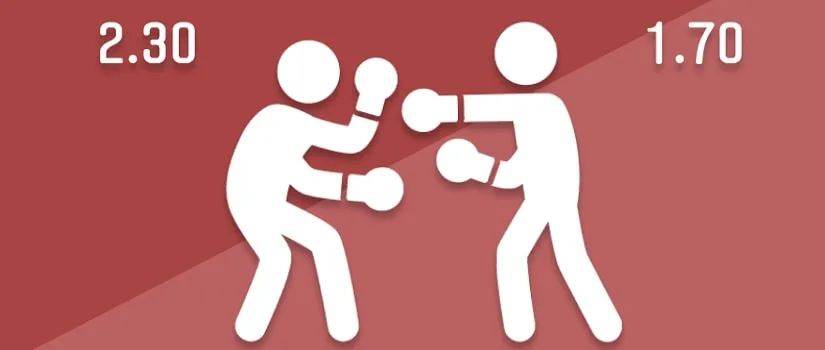Fibonacci Strategy in Betting and Casinos

The fascinating world of gambling isn’t just about luck; often, there’s a considerable amount of strategy involved. Various methods have been devised over the years to try and beat the odds, and one of the most intriguing of them all is the Fibonacci strategy. As you consider your next game move, perhaps on platforms like play online casino ComeON, delve deeper into this mathematical approach, often seen in the spins of the roulette and the thrill of sports betting.
Mathematical Model of the Fibonacci Strategy
The Fibonacci sequence is a series of numbers where each number is the sum of the two preceding ones, typically starting with 0 and 1. In simple terms, it starts like this: 0, 1, 1, 2, 3, 5, 8, 13, 21, and so on.
When applied to betting, the Fibonacci strategy uses this sequence to determine the amount of a bet after a win or a loss. If a bet is lost, the player moves up the sequence. If a bet is won, the player moves two steps back. The key idea behind this is to cover the net losses by climbing up the sequence with each loss, and subsequently, adjust after wins.
How to Use the Fibonacci Strategy in Roulette
In roulette, players typically employ the Fibonacci strategy with even chance bets such as Red/Black, Odd/Even, or 1-18/19-36.
- Starting Point: Begin by wagering one unit. If you win, take the profit and start again. If you lose, move to the next number in the Fibonacci sequence.
- Following Losses: After a losing bet, move up the Fibonacci sequence. For instance, if you start with a bet of $1 and lose, your next bet will be $1, followed by $2, then $3, and so forth.
- After Wins: When you win a bet, move back two numbers in the sequence. If you were betting $13 and won, your next bet would be $5.
- Remember, as with all gambling strategies, there’s no guaranteed win. The aim is to manage your bankroll and maximize the chances of a profit.

How the Fibonacci Strategy is Used in Betting
In sports betting, the Fibonacci strategy is commonly used for even odds bets, such as a football match where both teams have equal chances of winning.
- Determine Your Sequence: Decide on your betting unit and the maximum bet you’re willing to place. This will help you figure out how many steps of the Fibonacci sequence you’ll use.
- After a Loss: Increase your stake to the next number in the sequence.
- After a Win: Decrease your stake by moving back two numbers in the sequence.
- Maxing Out: If you reach a bet that’s higher than what you’re willing to stake or if it exceeds the table limit, you can start over or halt your betting.
Where is the Fibonacci Strategy More Effective?
While the Fibonacci strategy can be applied in various games, its effectiveness varies.
In roulette, especially on European tables with one zero, the strategy can provide short-term gains. However, in the long run, the house edge remains unchanged, and players need to be mindful of table limits.
In sports betting, the strategy can be effective, but it relies heavily on the odds being even. It’s more adaptable since there aren’t table limits, but game odds can be unpredictable.
The strategy is generally considered more effective for short-term betting, rather than long-term. As bets increase exponentially after a string of losses, it can lead to massive losses if a player hits a long losing streak.
Conclusion
The Fibonacci strategy, with its roots in ancient mathematics, offers a structured approach to betting in casinos and sportsbooks. Like all gambling strategies, it’s not foolproof. While it can lead to potential short-term gains, players should always be aware of their bankroll, set limits, and be prepared for the inherent risks. As always, gamble responsibly.




